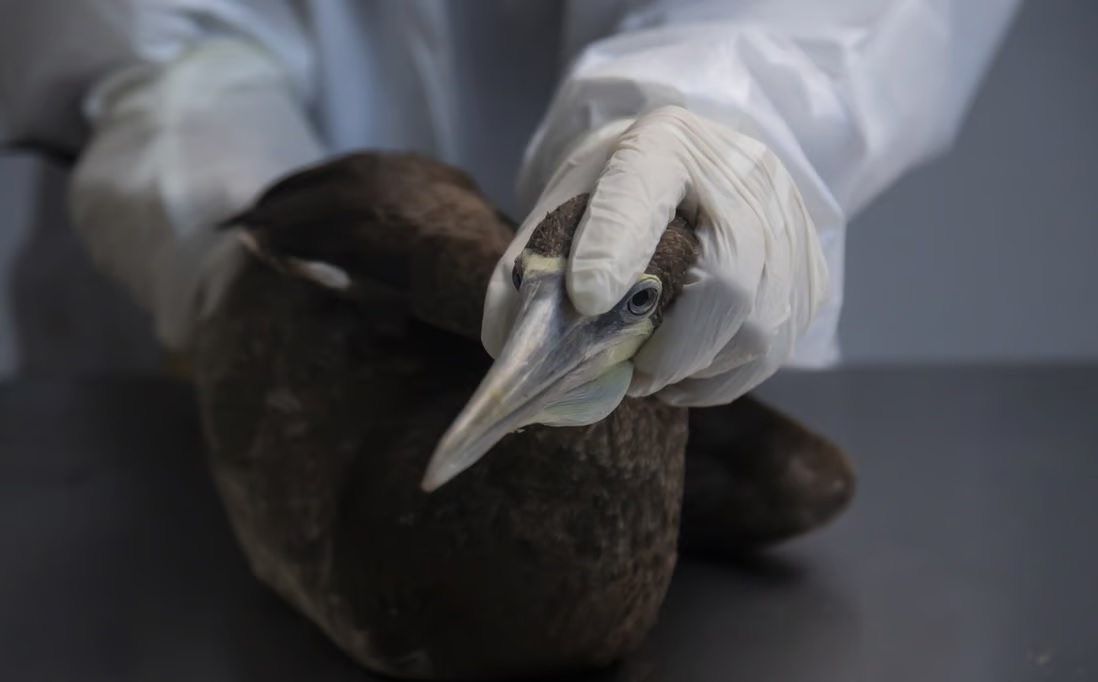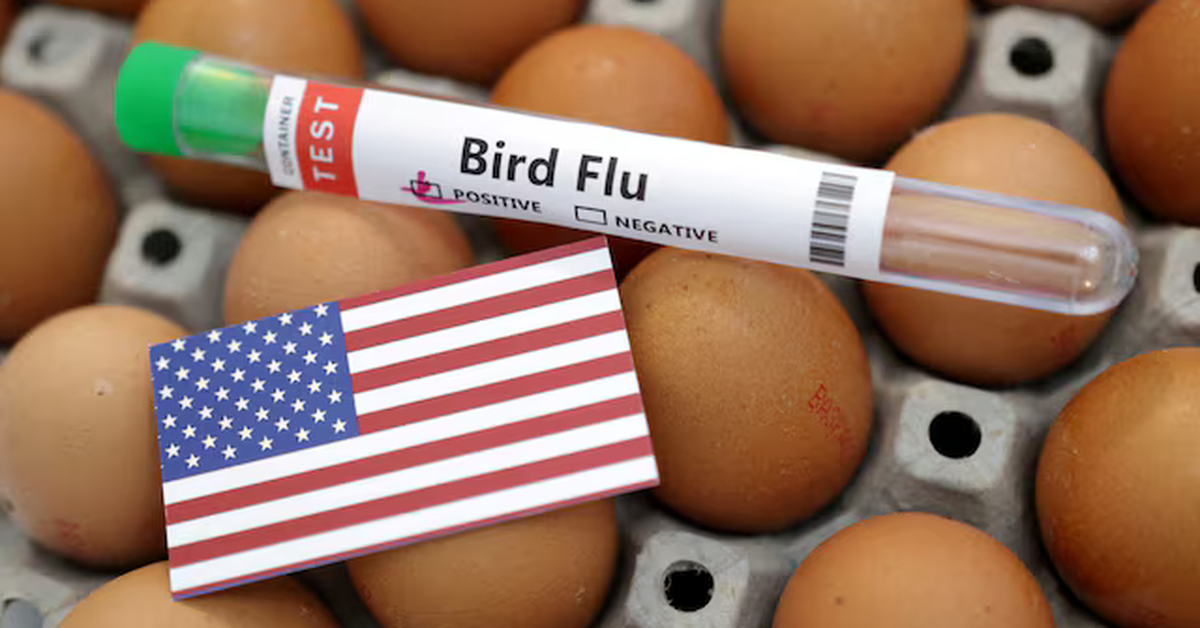Since late 2021, Europe has suffered its worst-ever outbreak of bird flu, while North and South America have also experienced serious outbreaks.

H5N1 bird flu is at risk of becoming more easily transmitted from person to person. Photo: AP
This has led to the culling of tens of millions of birds worldwide, many infected with the H5N1 strain of the virus, which first emerged in 1996. And there has been a worrying increase in recent cases of infection in mammals.
“Avian influenza viruses normally spread between birds, but the increasing number of detections of H5N1 avian influenza in mammals… raises concerns that the virus could adapt to infect humans more easily,” the WHO said in a statement.
Outbreaks have been reported in 26 species, including farmed mink in Spain and sea lions in Chile. H5N1 was recently detected in cats in Poland.
Therefore, WHO, together with the Food and Agriculture Organization of the United Nations (FAO) and the World Organization for Animal Health (WOAH), calls on countries to work together to save animals and protect people.
Infection with avian influenza in humans can cause severe illness with a high fatality rate. Human cases of avian influenza usually result from direct or indirect contact with infected live or dead poultry or contaminated environments.
“The virus does not appear to be easily transmitted from person to person, but vigilance is needed to identify any evolution of the virus that could change that,” said Sylvie Briand, WHO’s head of pandemic preparedness.
A new variant of H5N1 has caused “unprecedented” deaths in wild birds and poultry in many countries in Africa, Asia and Europe since 2020, the WHO said. The virus spread to North America in 2021 and then to Central and South America in 2022.
Last year, 67 countries on five continents reported outbreaks of the highly pathogenic H5N1 avian influenza, with more than 131 million farmed birds lost through death or culling on affected farms and villages.
In 2023, 14 more countries reported outbreaks, mostly in the Americas, as the disease continued to spread.
“The epidemiology of H5N1 continues to evolve rapidly,” said Keith Sumption, FAO’s chief veterinary officer, calling on countries to share genetic sequences in a timely manner to monitor changes, help assess risks and better control the disease.
Huy Hoang (according to WHO, AFP, AP)
Source


![[Photo] General Secretary To Lam receives French Ambassador to Vietnam Olivier Brochet](https://vstatic.vietnam.vn/vietnam/resource/IMAGE/2025/4/17/49224f0f12e84b66a73b17eb251f7278)

![[Photo] National Assembly Chairman Tran Thanh Man meets with outstanding workers in the oil and gas industry](https://vstatic.vietnam.vn/vietnam/resource/IMAGE/2025/4/17/1d0de4026b75434ab34279624db7ee4a)
![[Photo] Nhan Dan Newspaper announces the project "Love Vietnam so much"](https://vstatic.vietnam.vn/vietnam/resource/IMAGE/2025/4/17/362f882012d3432783fc92fab1b3e980)
![[Photo] Closing of the 4th Summit of the Partnership for Green Growth and the Global Goals](https://vstatic.vietnam.vn/vietnam/resource/IMAGE/2025/4/17/c0a0df9852c84e58be0a8b939189c85a)
![[Photo] Promoting friendship, solidarity and cooperation between the armies and people of the two countries](https://vstatic.vietnam.vn/vietnam/resource/IMAGE/2025/4/17/0c4d087864f14092aed77252590b6bae)
























![[Photo] Welcoming ceremony for Chinese Defense Minister and delegation for friendship exchange](https://vstatic.vietnam.vn/vietnam/resource/IMAGE/2025/4/17/fadd533046594e5cacbb28de4c4d5655)



























![[Video] Viettel officially puts into operation the largest submarine optical cable line in Vietnam](https://vstatic.vietnam.vn/vietnam/resource/IMAGE/2025/4/17/f19008c6010c4a538cc422cb791ca0a1)







































Comment (0)